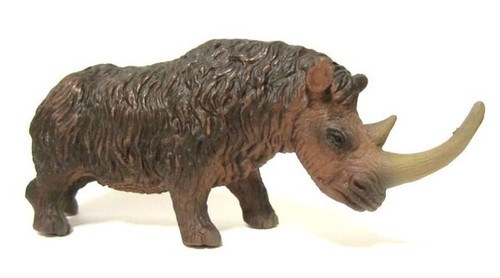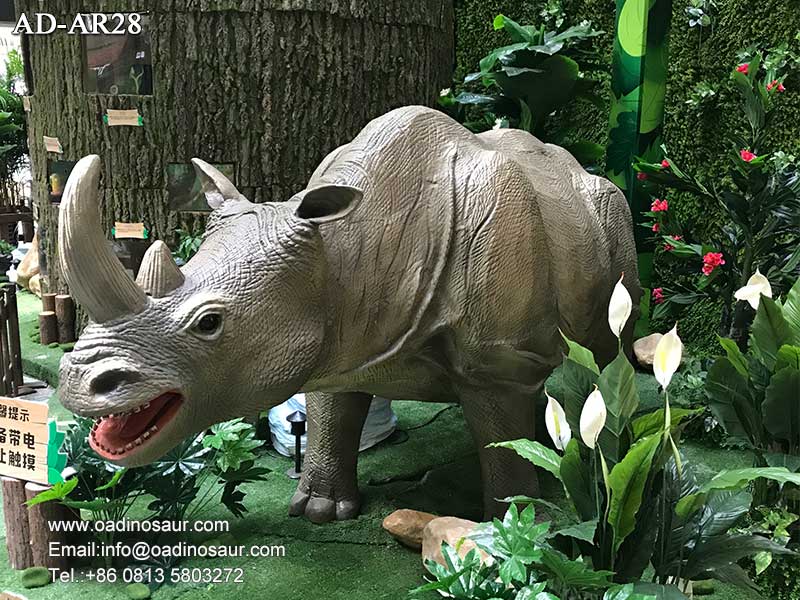

It should also be noted that it had inherited its morphology from its Eocene ancestors. This is due to their short limbs and thick fur.

The woolly rhinoceros was perfectly adapted to live in the cold tundra-steppe environment during the glaciations of the Pleistocene period. For this, a DNA sample that was 40.000 – 70.000 years old was analyzed. evolution and extinctionĪ study was conducted showing that the closest relative of Coelodonta antiquitatis is the Sumatran rhino, which is located in Southeast Asia. As a consequence, he had to ingest huge amounts to get the necessary nutrients. For this reason, it must have fed on grasses with a lot of cellulose and little protein. The diastema is a space between two teeth.īy comparing the Coelodonta with living close relatives, assumptions arose that it fermented the large intestine and had only a stomach. An example that supports this idea is the great gap of the teeth. These studies show that the musculature and teeth of the woolly rhinoceros have characteristics of animals that consume grass. In addition, there are studies of the teeth, jaw and skull of a well-preserved specimen. Through pollen analysis it was found that sedges and grasses predominated in these environments. We now know that the habitat of the woolly rhinoceros was both arid and cold tundra-steppe. Today, grazing is considered more likely.

This was due to research that could show that the woolly rhinoceros lived by grazing or fed on leaves from trees. Foodįor a long time it was not known what exactly the diet of this herbivore was. The horns also served to be able to remove the snow in the coldest times, and thus be able to access the grass that was hidden under it. It is speculated that the female Coelodonta antiquitatis gave birth to one or two pups at most. He used them to defend himself and to pair up in times of heat. The most notable feature of this rhinoceros was its horns. This animal lived with other large mammals of the time, such as the mammoth. It was perfectly adapted to the cold, so it was forced to migrate as the glaciers disappeared, giving rise to other species of rhinoceros with less hair. The woolly rhinoceros inhabited large plains in Eurasia. His molars had a high crown and the nasal septum was ossified. Regarding the teeth, he had small premolars and no incisors. The ears of these rhinos were small and the legs were short. He otherwise had a very stocky body with long thick hair. When the first horns of the woolly rhinoceros were found, it was even thought that they were the paws of enormous birds. These horns were very different from the horns of other rhinos, as they were flattened on the sides and very long. The largest, which could reach 61 centimeters in length, was on top of her nose. Coelodonta antiquitatis had two horns made of keratin.


 0 kommentar(er)
0 kommentar(er)
